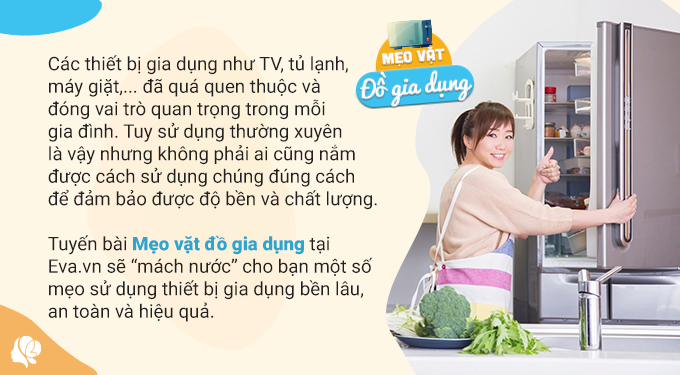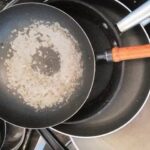
Electric kettles are a convenient way to boil water, and many households rely on them for their daily needs. However, it’s important to use and maintain these appliances properly to ensure their longevity and avoid any potential health hazards. Unfortunately, many people make mistakes when using electric kettles, and these errors can be quite common.
1. Choosing Any Electric Kettle Without Consideration
The primary function of an electric kettle is to boil water, and it’s easy to assume that all kettles are created equal. Some may opt for cheaper options, thinking that as long as it boils water, it’s good enough. However, when purchasing an electric kettle, it’s crucial to select one made of stainless steel.
There are different grades of stainless steel, and the best option for an electric kettle is 304-grade stainless steel. This type of steel is highly resistant to corrosion and can withstand high temperatures. Using a kettle made of this material ensures that the boiled water is safer for consumption.

2. Overfilling the Electric Kettle
It’s common for people to fill their electric kettles to the brim, but this practice can be risky. When water boils, it expands, and if the kettle is too full, it can cause water to spill over. Additionally, water can seep into the base of the kettle, leading to electrical shorts and damage.
To avoid this, always fill the kettle to the maximum level indicated inside the kettle. This ensures safety and prevents electrical hazards in your home.
3. Turning on the Power Before Filling the Kettle
Some people turn on the power for their electric kettle before filling it with water. This can damage the kettle because if there is no water inside, it will boil dry. Even if this occurs for a short time, repeated instances can lead to burning or electrical issues such as short circuits.
The correct way to use an electric kettle is to fill it with water first, place it on its base, and then plug it in and turn on the switch. Always check the base for any water spills and wipe it dry before placing the kettle on it to avoid short circuits. Remember to unplug the kettle after each use.

4. Emptying All the Water After Boiling
After boiling water, it’s common to pour it into a thermos or pitcher for later use. However, it’s best not to empty the kettle completely. Leaving a small amount of water in the kettle is advisable.
The reason for this is that when the kettle is turned off, the heating element remains hot. If there is no water inside, the relay can dry out, affecting the kettle’s lifespan. It’s better to leave a little water in the kettle and then pour it out and clean the kettle before the next use to maintain its longevity.
5. Infrequent Cleaning of the Electric Kettle
It’s essential to regularly clean the inside of the kettle to remove any built-up scale. Over time, a yellow crust can form, and using the kettle without cleaning it can affect water quality and even your health. To remove this scale, pour white vinegar into the kettle, add half a bowl of water, and boil it.
Let the mixture sit for about 10 minutes after it has boiled, then pour it out. You’ll notice that the scale at the bottom of the kettle has faded significantly. Finally, wipe the inside of the kettle with a cloth to remove any remaining residue.
The reason vinegar works to remove scale is that scale is alkaline, and white vinegar contains acetic acid. Neutralizing the alkaline scale with acid helps eliminate it.
The Ultimate Top 5 Tiny Treasures: A Must-Have for the Wise Woman to Empower Her Family, for a Mere Few Dollars
“Small things come in mighty packages.” A simple yet powerful statement that showcases the impact of tiny treasures. These miniature marvels pack a punch, offering unique qualities that rival their larger counterparts. From delicate details to precise functionality, these small wonders are a force to be reckoned with.






































